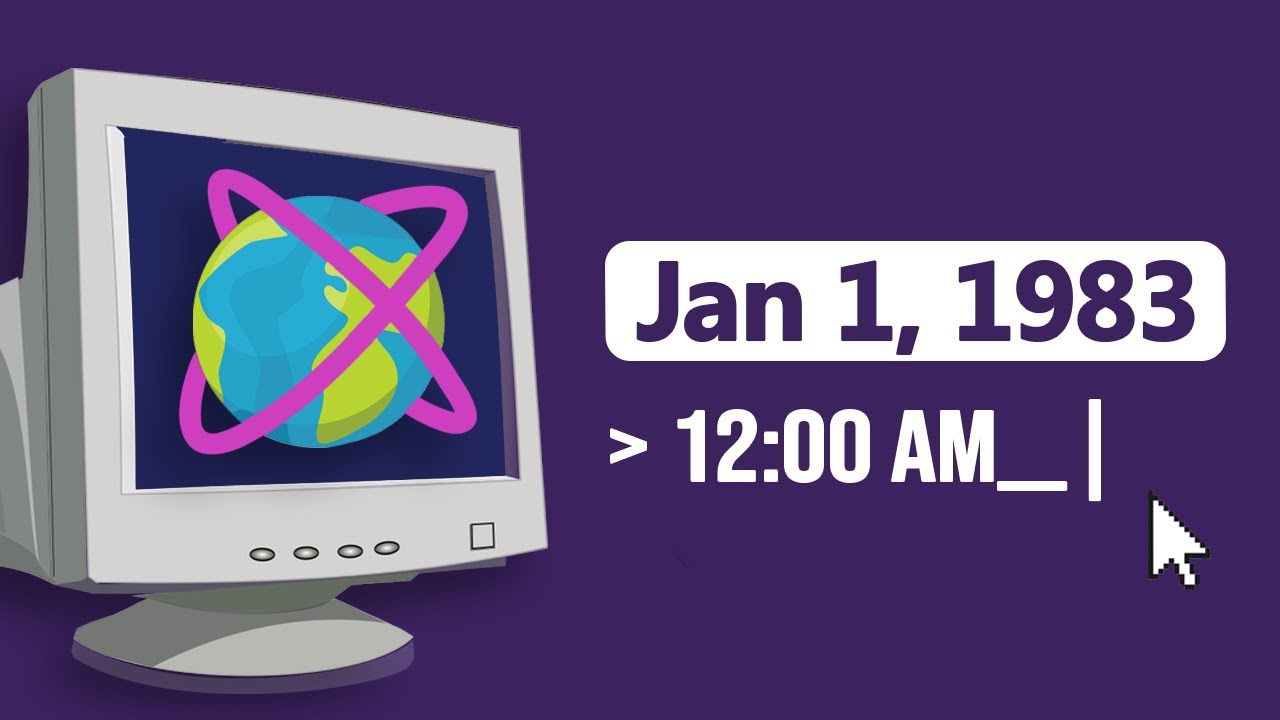Cybersecurity Breach Tier List 2024
Summary
TLDRThis video script explores the most significant cybersecurity incidents since the internet's inception, using 'The Mad Hat metrics' to rank their severity. It delves into major breaches like Marriott's 500 million user data exposure, Adobe's 153 million account compromise, and the widespread damage of NotPetya and WannaCry ransomware. The script also examines the 2014 Yahoo data breach affecting all 3 billion users and the 2024 CrowdStrike incident that led to millions of computers crashing, resulting in billions in losses. The analysis highlights the importance of security measures and the catastrophic consequences of their neglect.
Takeaways
- 😱 The CrowdStrike incident in July 2024 caused an estimated 8.5 million Windows computers to crash globally, leading to significant disruptions and billions in losses.
- 📉 CrowdStrike's market value plummeted by $25 billion following the incident, highlighting the severe impact on the company's reputation and financial standing.
- 🛑 Major disruptions included cancelled flights, hospital surgeries, and 911 system outages, demonstrating the far-reaching consequences of such a cybersecurity event.
- 💡 The incident was attributed to an update by CrowdStrike that led to null pointers and kernel issues, resulting in the widespread blue screen of death for Windows users.
- 💸 Fortune 500 companies faced an estimated loss of $5.4 billion, with Delta Airlines alone reporting $500 million in losses due to the outage, underscoring the massive economic impact.
- 🔒 The Marriott data breach in 2018 affected 500 to 600 million accounts, with sensitive information including passport numbers and encrypted payment card details being compromised.
- 🤔 The true cause of the Marriott breach remains unclear, but it is suspected that nation-state actors were involved, indicating the potential for geopolitical motivations behind cyber attacks.
- 💳 The Target data breach in 2013 involved the theft of credit card numbers from nearly 40 million customers, followed by the theft of PII data of up to 70 million customers, showing the vulnerability of retail giants.
- 🛑 The Equifax data breach in 2017 exposed personal identifying information of approximately 143 million US consumers, including Social Security numbers and driver's license numbers, leading to a $1.38 billion settlement.
- 🚫 The WannaCry ransomware attack in 2017 rapidly spread to over 200,000 computers in 150 countries, exploiting the EternalBlue vulnerability and causing an estimated $4 billion in damages.
- 🌐 The NotPetya malware attack in 2017 was one of the most destructive, primarily targeting Ukraine but spreading to 60 countries, causing over $10 billion in losses and被认为是 a state-sponsored attack by Russia.
Q & A
What was the impact of the Marriott data breach in 2018?
-The Marriott data breach in 2018 impacted an estimated 500 to 600 million accounts, with personal information including names, mailing addresses, phone numbers, email addresses, passport numbers, and more being exposed. Some accounts also had payment card information compromised, although it was encrypted using AES 128.
What is the significance of the Adobe breach in 2013?
-The Adobe breach in 2013 affected 153 million Adobe accounts, exposing sensitive data such as user IDs, encrypted passwords, names, email addresses, and credit card information. The breach was significant due to the exploitation of vulnerabilities in Adobe's ColdFusion servers and poor security practices.
What was the Stuxnet worm and how did it affect Iran's nuclear program?
-Stuxnet was the world's first known digital weapon, specifically designed to disrupt Iran's nuclear program by targeting the country's uranium enrichment centrifuges. It was discovered after inspectors noticed rapid failures of centrifuges at Iran's Natanz facility. The worm spread globally but primarily impacted the intended target, causing an estimated monetary loss of over $50 million.
What were the consequences of the Sony PlayStation Network attack by Anonymous in 2011?
-The attack by Anonymous disrupted the PlayStation Network for three days before Sony suspended it. The security breach affected 77 million users, exposing personal information such as names, addresses, email addresses, birth dates, and possibly credit card information. Sony's response cost an estimated $171 million, but its stock price rebounded after the incident.
What was the cause of the Equifax data breach in 2017?
-The Equifax data breach in 2017 was caused by a severe security vulnerability and an unpatched Apache Struts software flaw. Attackers exploited this to gain unauthorized access to the personal identifying information of approximately 143 million US consumers, including Social Security numbers and driver's license numbers.
What was the impact of the Target data breach in 2013 on the company and its customers?
-The Target data breach in 2013 resulted in the theft of credit card numbers from nearly 40 million customers and personal identifiable information of up to 70 million customers. The breach occurred through a third-party vendor and involved a phishing attack and the installation of malware. Despite the breach, Target's stock price remained largely unaffected, indicating that customers continued to shop at the retailer.
What is the significance of the WannaCry ransomware attack in 2017?
-The WannaCry ransomware attack in 2017 was significant due to its rapid spread to over 200,000 computers in more than 150 countries within a few days. It exploited the NSA vulnerability EternalBlue and primarily affected Windows 7 devices. The attack resulted in an estimated $4 billion in damages and highlighted the importance of timely security updates.
What was the NotPetya malware attack, and what were its effects?
-NotPetya was a malware attack that masqueraded as ransomware but was actually designed to destroy computer systems. It spread quickly using the EternalBlue exploit and primarily affected Ukraine but impacted over 60 countries. The attack resulted in an estimated $10 billion in losses, making it one of the most costly cyber attacks in history.
What were the Yahoo data breaches in 2013 and 2014, and what was their impact?
-Yahoo faced two massive data breaches in 2013 and 2014, which led to the theft of sensitive information from all three billion of its users. This included usernames, email addresses, birth dates, phone numbers, and encrypted passwords. The breaches significantly impacted Yahoo's reputation and resulted in a reduced sale price to Verizon and settlement fees of around $150 million.
What was the CrowdStrike incident in 2024, and how did it compare to other major cybersecurity incidents?
-The CrowdStrike incident in 2024 involved an update that caused an estimated 8.5 million Windows computers worldwide to crash, resulting in significant disruptions and an estimated $5.4 billion in losses for Fortune 500 companies. CrowdStrike's market value dropped by $25 billion as a result. The incident was considered 'simply stupid' due to its preventability and the scale of its impact compared to other major cybersecurity incidents.
Outlines

هذا القسم متوفر فقط للمشتركين. يرجى الترقية للوصول إلى هذه الميزة.
قم بالترقية الآنMindmap

هذا القسم متوفر فقط للمشتركين. يرجى الترقية للوصول إلى هذه الميزة.
قم بالترقية الآنKeywords

هذا القسم متوفر فقط للمشتركين. يرجى الترقية للوصول إلى هذه الميزة.
قم بالترقية الآنHighlights

هذا القسم متوفر فقط للمشتركين. يرجى الترقية للوصول إلى هذه الميزة.
قم بالترقية الآنTranscripts

هذا القسم متوفر فقط للمشتركين. يرجى الترقية للوصول إلى هذه الميزة.
قم بالترقية الآن5.0 / 5 (0 votes)






